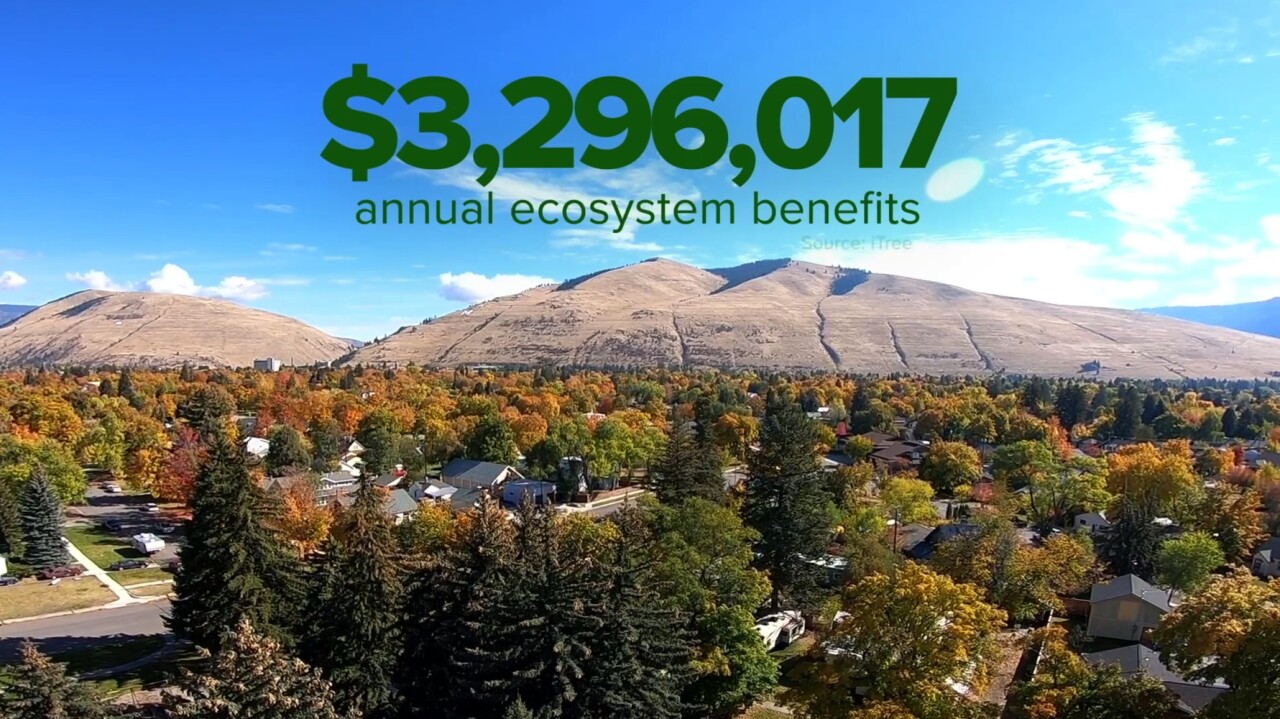MISSOULA — Missoula is the Garden City, but it’s also a city with an urban forest.
Norway Maples line the streets of the University district, Honeylocusts can be spotted downtown, and there are plenty more species to be found.
“We have four certified arborists in the field that do, that take care of, you know, all of our 30,000-plus boulevard trees," Marie Boggess, Missoula Urban Forestry Program Specialist, told MTN News.
Maple trees take up about 30% of the tree population in the urban forest, but they are not meant to be tapped for syrup.
“We've actually never issued a violation for tree tapping. We've only ever issued warnings," Boggess explained.
Although the good stuff you put on pancakes does come from the sap of maple trees, it is unsafe and illegal to tap the city-managed trees.
It's also detrimental to the maples scattered around town as they are aging and vulnerable.
“There's a big myth that these trees are tapped into the aquifer. Tree roots are actually fairly shallow, especially these species," Boggess said.
The large trees are home to smaller creatures, but they too are breathing organisms - ones that aren’t adapted to survive in this climate.

“They're stuck in their spot, you know, like the resources that they're getting right here is the only resources they have available. And so if they lose that it's not like they can easily replenish it," Boggess said.
Historically, the Missoula valley was an open prairie.
Settlers imported trees in the late 1800s - cherry and apple trees at first, then later in the early 1900s maples were planted.
And today, this urban forest holds value.
Missoula’s trees provide $3 million in annual ecosystem benefits according to a US Forest Service developed software called iTree. That’s based on quantifications like energy use reduction and the positive impacts to air quality.

One other benefit; to date they’ve sequestered nearly 3 million pounds in Carbon Dioxide.
“The benefits that we get from our urban forest are massive. It's one of the highest, like, dollar value infrastructure components that we have as a public resource," Boggess said.
But with the high value, comes an additional cost. Special care must be given to these aging trees as the warming climate and active drought makes sparse resources even harder to come by.
“We've actually postponed a number of our winter pruning because we try to prune during the dormant season in the winter. And with all of the warm temperatures that we've had this winter, we've had to cancel several of our pruning events," Boggess said.




